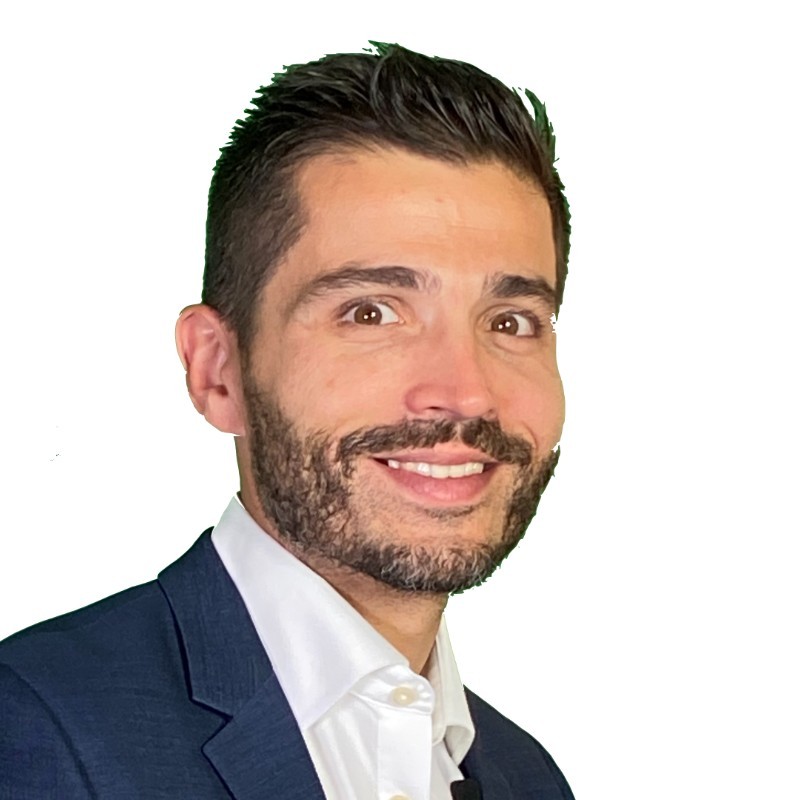
AI and Waste Treatment: is it the end for small waste treatment plants?
Artificial Intelligence (AI) has transformed many industries, from automotive to healthcare. The waste management sector, an integral part of our urban infrastructure, has not remained untouched by this wave of innovation.
If you read magazines or heard the news, they continue to say that the integration of AI in waste treatment will make small waste treatment plants obsolete.
But is it the end of the road for them?
There's no denying that AI has brought forth promising innovations in waste treatment:
Sorting Efficiency: AI-powered robots can now differentiate and sort waste with higher accuracy and speed than human workers. These robots can identify materials by shape, size, and even brand, enabling more effective recycling.
Predictive Maintenance: AI systems can predict when a machine will likely fail or when maintenance is due, ensuring smooth operations and reducing downtime.
Optimized Waste Collection: Using AI algorithms, waste collection routes can be optimized, resulting in fuel savings and reduced emissions.
Waste-to-Energy Conversion: Advanced AI models can now predict the energy potential of waste, ensuring that the most energy-intensive waste is prioritized for conversion.
Challenges for Small Waste Treatment Plants
Given the efficiency and cost-savings linked with AI, it's natural to assume that smaller waste treatment facilities with limited budgets and technical capabilities might struggle to compete. The primary challenges they face are:
High Initial Investment: Implementing AI requires a significant initial investment in technology, training, and infrastructure.
Skilled Workforce: Operating AI-driven systems often demands a skilled workforce, which small plants might not have immediate access to.
Scale of Operations: AI solutions often bring cost efficiencies at larger scales, which might not be as pronounced for smaller facilities.
However, It's Not All Gloom and Doom
Despite these challenges, it's premature to write off small waste treatment plants:
Niche Specialization: Smaller plants can focus on niche areas of waste treatment, providing specialized services that larger plants might overlook.
Local Community Engagement: Smaller plants often have strong ties with local communities, understanding their unique needs and challenges. This can result in tailored solutions that larger entities might not be able to offer.
Hybrid Solutions: Small plants can integrate certain aspects of AI, without a complete overhaul. For instance, using AI for predictive maintenance but retaining manual sorting can be a middle ground.
Partnerships and Collaborations: Small plants can partner with tech firms, research institutions, or even larger waste management entities to leverage AI solutions without bearing the entire investment burden.
In the end, AI undeniably brings transformative changes to waste treatment, it doesn't necessarily spell the end for small plants. On the contrary, it can be a new opportunity to stay focused on a specific niche of waste and to develop an expertise that leveraging AI offers an advantage to the community and, in some cases, to big players in the area.
After all, innovation is as much about adaptability as it is about technological advancement.
Be The Change
Sam
Founder of M4W - Marketing4Waste
